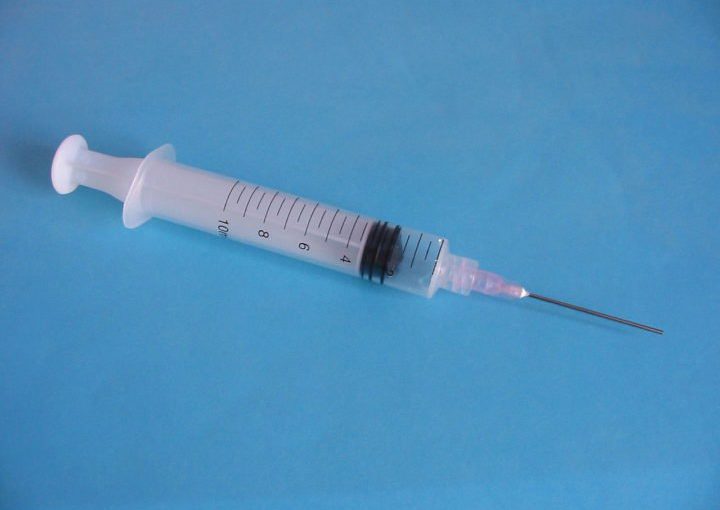University of Colorado researchers have found lower vaccination rates among children who receive liver transplants, increasing the risk of sickness for those children, who already face significant health issues.
The findings are discussed in a “Research Letter” included in the November 12 issue of JAMA and also call attention to data that CU School of Medicine faculty members published earlier this year in JAMA Pediatrics.
“These children are at a much higher risk for infections, so to find that they have lower vaccination rates than the general population is extremely concerning and should prompt us to look for ways to improve their immunization rates before they need transplant surgery,” said Amy Feldman, MD, MSCS, assistant professor of pediatrics at the CU School of Medicine and program director for the liver transplant fellowship at Children’s Hospital Colorado on the Anschutz Medical Campus. “What barriers are preventing transplant candidates from getting timely immunizations and what tools can we develop to overcome these barriers?”
The details were discovered in a review of 6,980 pediatric solid organ transplant recipients between 2004 and 2011 at 39 centers in the SPLIT (Studies of Pediatric Liver Transplantation) consortium across the United States and Canada. During the first five years after transplant, 15.6 percent were hospitalized with a vaccine-preventable infection. That’s a rate of up to 87 times higher than in the general pediatric populations.
In a subsequent one-year prospective study between 2017-2018 of 281 non acute-liver failure transplants performed at SPLIT centers across North America, the researchers found that only 55 percent of transplant recipients were up-to-date on seven core vaccines required in the National Immunization Survey standards, and less than 20 percent were up-to-date for all age-appropriate immunizations at the time of transplant. That compares to a general population rate of 70 percent with timely immunizations.
“Immunizations are a minimally invasive, cost-effective way to reduce the incidence of these infections,” Feldman said.
UNIVERSITY OF COLORADO ANSCHUTZ MEDICAL CAMPUS


